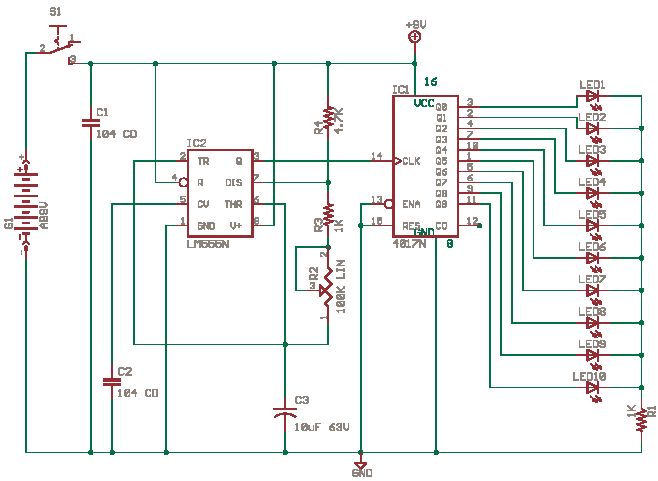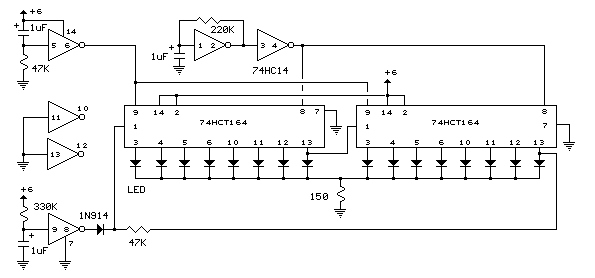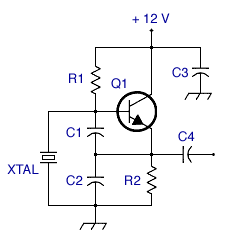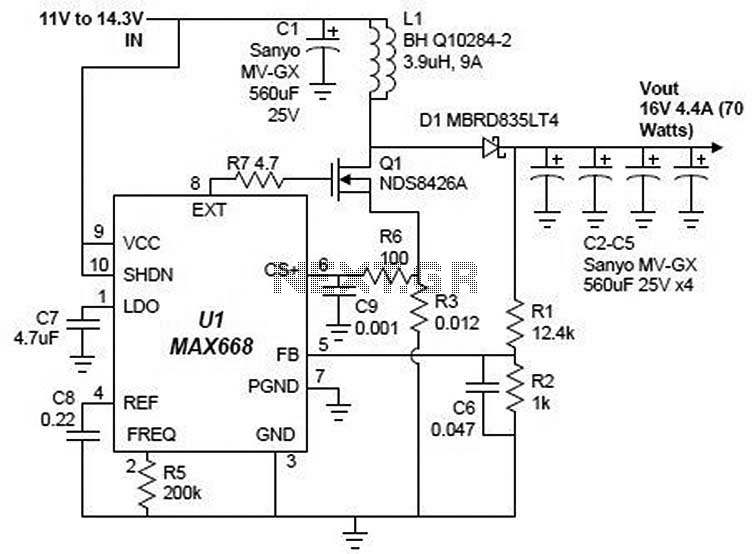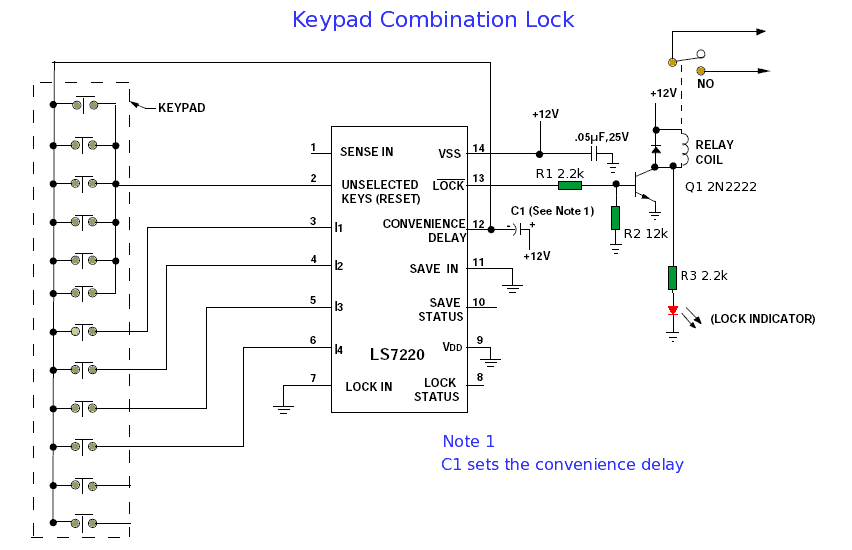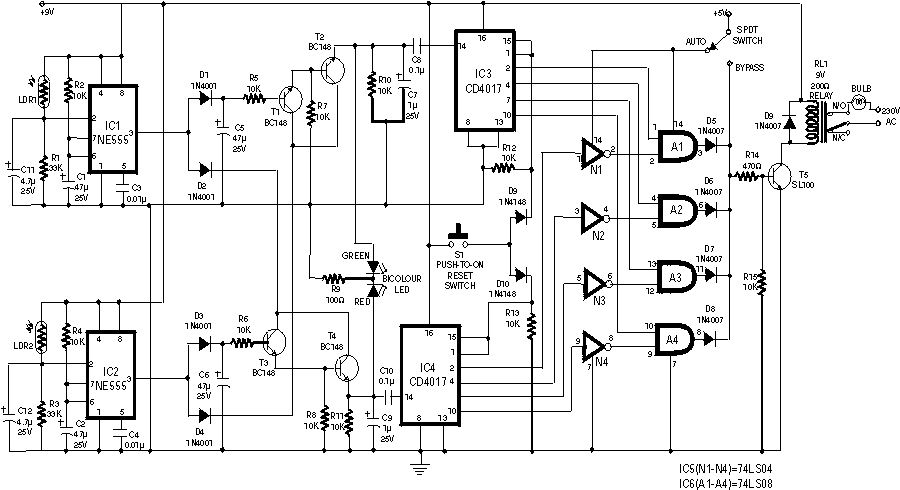
Useless Electronic Circuits
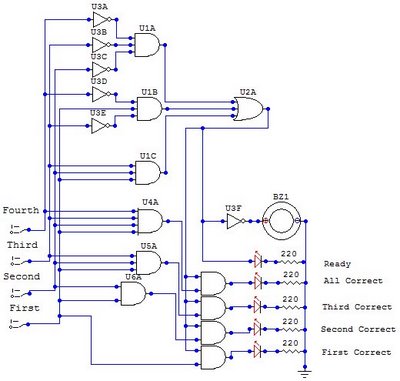
This document presents a collection of engaging and challenging electronic circuits that can be built for enjoyment. The author has a long-standing passion for electronics, having studied the subject since middle school and developed numerous circuits over the years. Initially, the focus was on creating practical tools to facilitate various tasks, but after producing many semi-useful circuits, the excitement began to diminish. Consequently, the author shifted towards designing circuits that are entertaining and fun, such as puzzles, small games, and gadgets that can be shared with friends and family. This approach revealed that many individuals enjoy "useless" electronics for their amusement value. The first circuit described is a puzzle that requires users to press a series of buttons in the correct order. Pressing the wrong button activates a "loser buzzer," reminiscent of a well-known board game. The rules for using the circuit can be customized, with the added twist that the buttons can be rewired to create new combinations, requiring no technical knowledge. The puzzle functions as a logic circuit, where only the correct sequence of button presses will illuminate the indicator LEDs, while any incorrect sequence triggers the buzzer.
The circuit described is a simple yet engaging logic puzzle that can be constructed using basic electronic components. It typically consists of a microcontroller or a logic gate configuration, several push buttons, LEDs for visual feedback, and a buzzer for incorrect attempts.
The microcontroller serves as the central processing unit, managing the input from the buttons and controlling the output to the LEDs and buzzer. The buttons are connected to the microcontroller's input pins, and each button press is registered through a digital input. The logic for the correct sequence is programmed into the microcontroller, allowing it to compare the order of button presses against a predetermined sequence stored in its memory.
When the user presses a button, the microcontroller checks if the button corresponds to the next expected input in the sequence. If the input is correct, the microcontroller activates the next LED in the series, providing visual feedback that the user is on the right track. If an incorrect button is pressed, the microcontroller triggers the buzzer, indicating a mistake has been made.
To enhance the circuit's interactivity, the buttons can be rewired to create new sequences, allowing users to modify the puzzle without needing advanced technical skills. This reconfiguration can be achieved by simply changing the connections on a breadboard or using jumper wires, making the circuit accessible for individuals of all skill levels.
The overall design encourages creativity and problem-solving, as users can experiment with different button sequences and challenge themselves or others to complete the puzzle. This circuit not only serves as an entertaining game but also provides a hands-on learning experience in electronics, logic design, and programming.Here I will post some cool looking, challenging yet extremely fun electronic circuits you can build. I studied Electronics most of my life, since I was in middle school electronics have been my passion and have been creating some circuits since then. Most of the time when you get informa tion about electronics it is to make some tool you can use to do some other task, it made sense, to use knowledge to facilitate a task. But after making countless semi-useful electronic circuits I became a little bored with them, the thrill of creating them faded after it was done.
So I decided to start making electronic circuits that I can have fun with after i finish them, like puzzles, small games, a little gadget or some other stuff I could share with friends and family. In that process I noticed many people actually like useless electronics, they found them fun and amusing, so I decided to share my cute little circuits online, so that other electronics enthusiast and their friends may benefit from them.
The first circuit is a little puzzle I created. The purpose is to press a series of buttons in the correct order, if you press the wrong one you`ll get the "loser-buzzer", kind of like what happens in that know board game that I can`t remember the name, where you play doctor. The exact rules are up to you, there is a little catch to use the circuit, you have to rewire the buttons to make a new combination, but that is easy and doesn`t even require technical knowledge.
The puzzle itself is a logic circuit, designed so that only the correct order of the buttons will turn on the indicator leds, any other will trigger the loser-buzzer. 🔗 External reference
The circuit described is a simple yet engaging logic puzzle that can be constructed using basic electronic components. It typically consists of a microcontroller or a logic gate configuration, several push buttons, LEDs for visual feedback, and a buzzer for incorrect attempts.
The microcontroller serves as the central processing unit, managing the input from the buttons and controlling the output to the LEDs and buzzer. The buttons are connected to the microcontroller's input pins, and each button press is registered through a digital input. The logic for the correct sequence is programmed into the microcontroller, allowing it to compare the order of button presses against a predetermined sequence stored in its memory.
When the user presses a button, the microcontroller checks if the button corresponds to the next expected input in the sequence. If the input is correct, the microcontroller activates the next LED in the series, providing visual feedback that the user is on the right track. If an incorrect button is pressed, the microcontroller triggers the buzzer, indicating a mistake has been made.
To enhance the circuit's interactivity, the buttons can be rewired to create new sequences, allowing users to modify the puzzle without needing advanced technical skills. This reconfiguration can be achieved by simply changing the connections on a breadboard or using jumper wires, making the circuit accessible for individuals of all skill levels.
The overall design encourages creativity and problem-solving, as users can experiment with different button sequences and challenge themselves or others to complete the puzzle. This circuit not only serves as an entertaining game but also provides a hands-on learning experience in electronics, logic design, and programming.Here I will post some cool looking, challenging yet extremely fun electronic circuits you can build. I studied Electronics most of my life, since I was in middle school electronics have been my passion and have been creating some circuits since then. Most of the time when you get informa tion about electronics it is to make some tool you can use to do some other task, it made sense, to use knowledge to facilitate a task. But after making countless semi-useful electronic circuits I became a little bored with them, the thrill of creating them faded after it was done.
So I decided to start making electronic circuits that I can have fun with after i finish them, like puzzles, small games, a little gadget or some other stuff I could share with friends and family. In that process I noticed many people actually like useless electronics, they found them fun and amusing, so I decided to share my cute little circuits online, so that other electronics enthusiast and their friends may benefit from them.
The first circuit is a little puzzle I created. The purpose is to press a series of buttons in the correct order, if you press the wrong one you`ll get the "loser-buzzer", kind of like what happens in that know board game that I can`t remember the name, where you play doctor. The exact rules are up to you, there is a little catch to use the circuit, you have to rewire the buttons to make a new combination, but that is easy and doesn`t even require technical knowledge.
The puzzle itself is a logic circuit, designed so that only the correct order of the buttons will turn on the indicator leds, any other will trigger the loser-buzzer. 🔗 External reference
